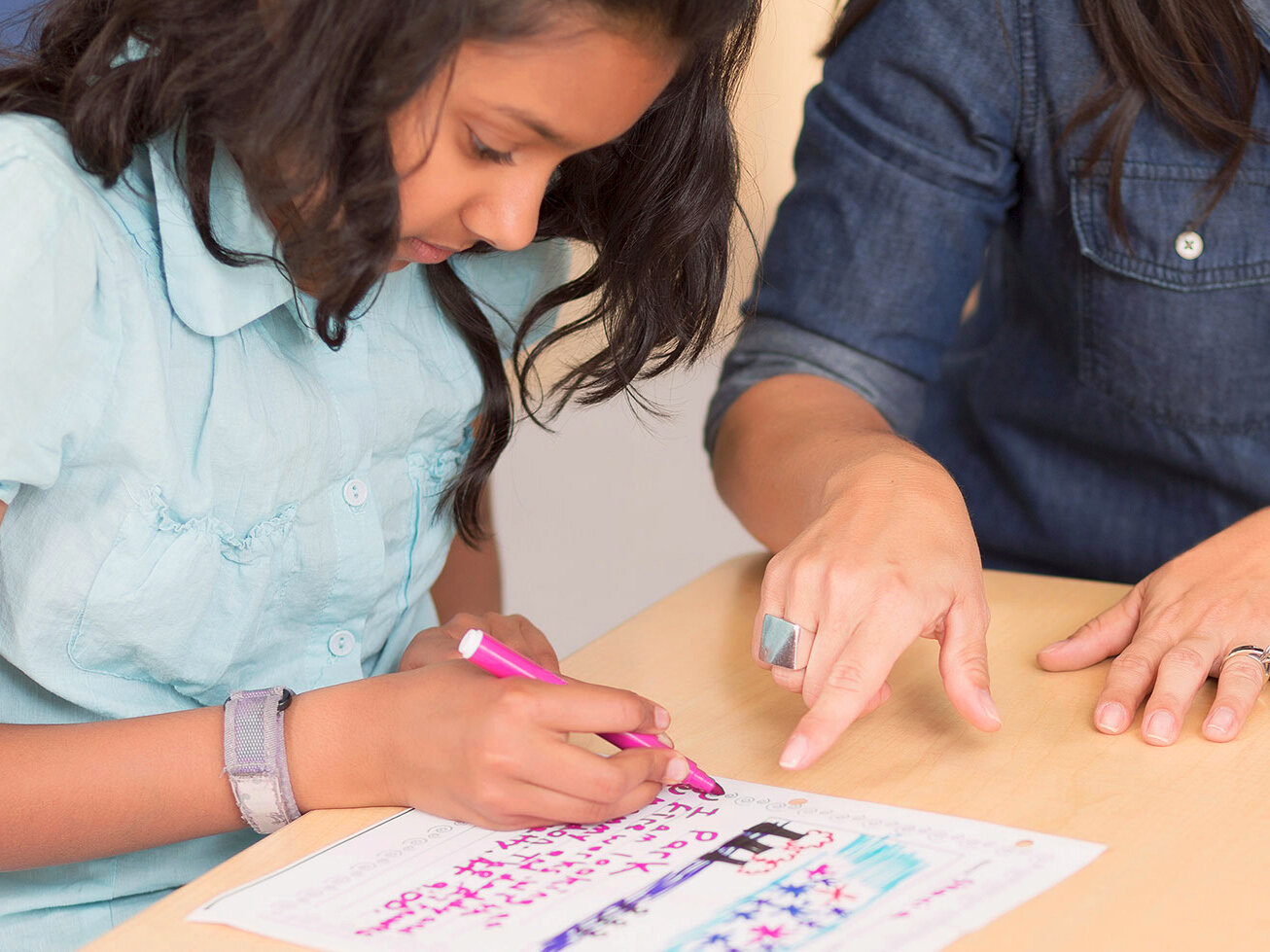Disabilities
According to the IDAAmerica.org, “learning disabilities are due to genetic and neurobiological factors that alter brain functioning in a manner which affects one or more cognitive processes related to learning. These processing problems can interfere with learning basic skills such as reading, writing, and math.” Titles for learning disabilities can vary depending on if the professional clinician uses IDEA (public schools) or DSM-5 and can be confusing. It is essential for you to ask the clinician any questions you have about a diagnosis to be able to understand the diagnosis fully. Between 5 and 15 percent of people have a learning disability. Since the cause of learning disabilities is biological, difficulties in school are not from lack of caring, being lazy, or related to intelligence. A learning disability is a weakness in a specific area. A person may have one or a combination of different disabilities.
-
Dyslexia is a learning disability in language-based processing skills. It is characterized by deficits in accurate and fluent word recognition. A dyslexic student has difficulties with word recognition, decoding, and spelling. Problems with word recognition and decoding can also impair reading comprehension. A person with dyslexia often has deficits in phonemic and phonological awareness, identifying and manipulating the sound structure of a spoken word (phonemes, syllables, onsets, and rhyming). They may also have impaired orthographic processing that interferes with connecting letters and letter combinations (e.g., th, tch, dge) with sounds accurately and fluently.
-
Dysgraphia is a learning disability that impairs a person’s ability to write by hand and fine motor skills. This impairment can interfere with being able to produce legible and automatic letter writing, learning to spell, speed of writing text, and often numeral writing. It stems from difficulty with storing and automatically retrieving letters and numerals. A person with dysgraphia often also struggles with Executive Functioning skills. Signs of Dysgraphia include:
Poor or incorrect pencil grip
Unusual wrist, body or paper position while writing
Difficulty with spacing, writing on lines, and staying within the margins
Frequently erasing
Inconsistent with letter making
Poor spelling, may have unfinished words or missing letters
Illegible or difficult to read handwriting
They may also struggle with cutting food, manipulating small objects by hand, or doing puzzle
-
Dyscalculia is a specific learning disability in mathematics. People with dyscalculia may have difficulty understanding number-relate concepts or using symbols and functions needed for success in mathematics. It’s not simply about having trouble with math homework; dyscalculia affects a person’s ability to perform basic arithmetic operations, understand time, use money or grasp math concepts beyond simple counting.
Signs of dyscalculia can vary widely but often include challenges with:
Difficulty with number sense- understand the number 5 is the same as the word five and that the value of 5 changes depending on what place value it is in
Remembering math facts
Estimating
Translating a mathematical problem in words to a symbolic representatio (and vice versa)
Holding numbers in their head to solve problems
Understanding concepts like biggest and smallest
Estimating time or measuring things accurately
They may also have struggles in other areas like reading and working memory.
Like other learning disabilities, dyscalculia is neurological in origin and not due to other misconceptions such as poor teaching, lack of intelligence, or failure to pay attention. The Individuals with Disabilities Education Act (IDEA) in the United States recognizes dyscalculia as a disability, which makes the students diagnosed with dyscalculia eligible for special education services.
There is no cure for dyscalculia, but proper early interventions can significantly help students with dyscalculia manage and over many of its challenges. Helpful strategies migh include using visual aids, using technology tools designed to assist with learning, or applying multi sensory teaching methods.
-
SLI is a disability that interferes with the development of spoken or oral language in a person who has no loss of hearing or intellectual disabilities. A person with SLI may have difficulties pronouncing words, acquiring vocabulary, and learning grammatical rules. Oral language consists of phonology (speech sounds), morphology (the meaning of word parts), vocabulary or semantics (the meaning of words), syntax (grammar), and pragmatics (use of language in various contexts). SLI is separate from dyslexia, but they can co-occur. A child with SLI is only considered to have dyslexia if they demonstrate significant difficulties in word reading and spelling.
-
These individuals have difficulties understanding and expressing language in oral and written form. Due to deficits in semantic processing (the meaning of words) and syntactic processing (understanding how word order affects meaning), they may also exhibit Specific Language Impairment (SLI).

Get Involved
Help your child and set your worries at ease.

